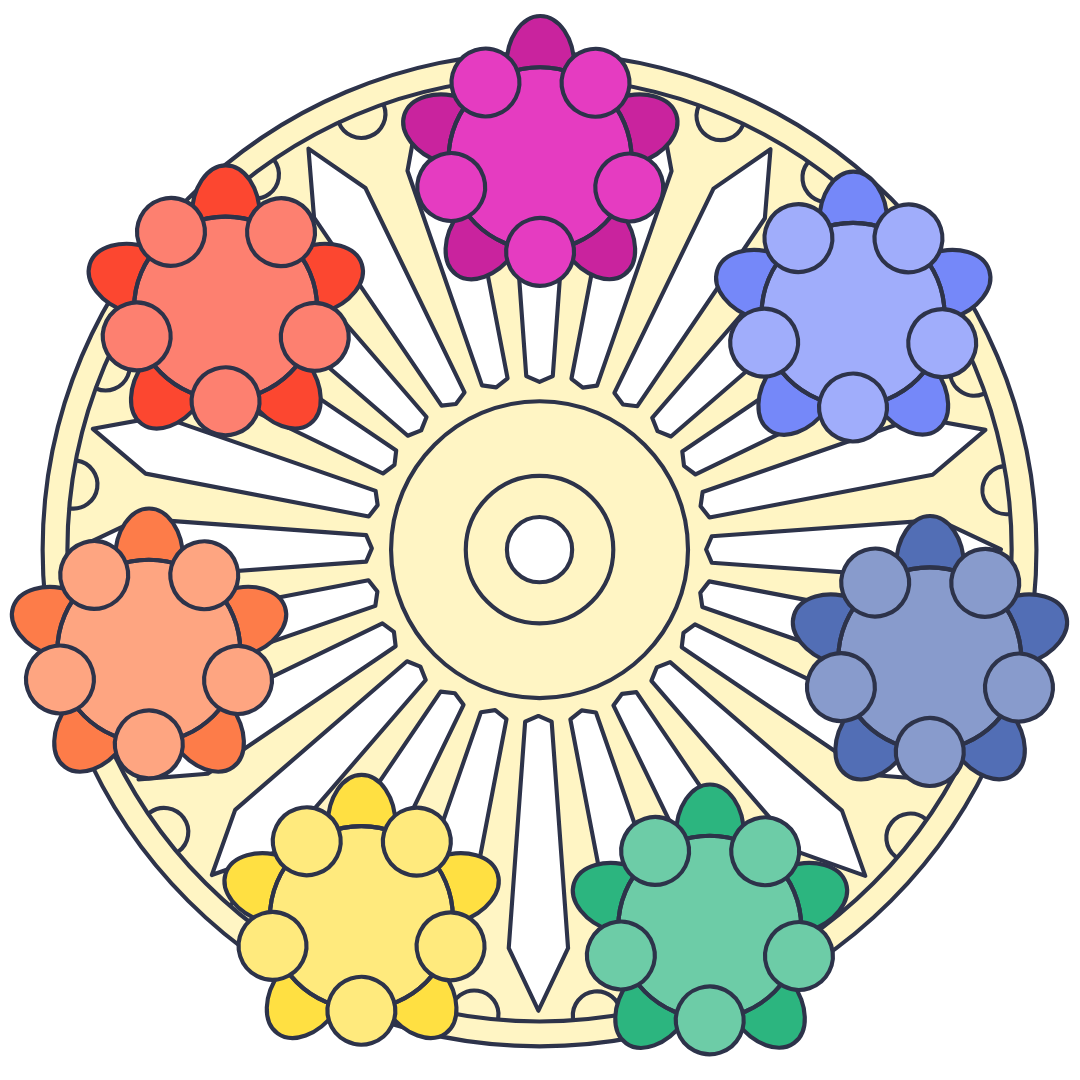Certified references in ecology and innovation play a crucial role in web projects. Ecology refers to the study of the relationships between living organisms and their environment, while innovation involves the introduction of new ideas, methods, or products. In the context of web projects, certified references in ecology and innovation provide a solid foundation for creating sustainable and cutting-edge digital solutions. By incorporating certified references in ecology, web projects can ensure that they are environmentally friendly and minimize their impact on the planet. On the other hand, certified references in innovation help web projects stay ahead of the curve and deliver unique and groundbreaking experiences for users.
Furthermore, certified references in ecology and innovation also help build credibility and trust for web projects. When a website or digital platform is backed by certified references in ecology, it demonstrates a commitment to sustainability and responsible environmental practices. This can attract environmentally conscious users and stakeholders who prioritize eco-friendly initiatives. Similarly, certified references in innovation showcase a dedication to staying at the forefront of technological advancements and delivering high-quality, forward-thinking solutions. This can help web projects stand out in a competitive digital landscape and attract users who seek innovative and cutting-edge experiences.
The Role of Ecology in Web Projects
Ecology plays a significant role in web projects, as it influences the design, development, and maintenance of digital platforms. In the context of web projects, ecology refers to the consideration of environmental impact, sustainability, and resource efficiency. By incorporating ecological principles into web projects, developers can create digital solutions that minimize their carbon footprint, reduce energy consumption, and promote responsible environmental practices. This can be achieved through various means, such as optimizing website performance to reduce energy usage, using sustainable hosting providers, and implementing eco-friendly design elements.
Moreover, ecology in web projects also involves considering the impact of digital platforms on the natural environment. This includes minimizing electronic waste, reducing the use of harmful materials in hardware production, and promoting responsible disposal and recycling practices. By integrating ecological considerations into web projects, developers can contribute to a more sustainable digital ecosystem and help mitigate the environmental impact of technology. Overall, ecology plays a crucial role in shaping the ethical and environmental footprint of web projects, and its integration is essential for creating responsible and sustainable digital solutions.
The Role of Innovation in Web Projects
Innovation is a driving force behind successful web projects, as it enables developers to create unique, cutting-edge, and user-centric digital experiences. In the context of web projects, innovation involves the introduction of new technologies, design concepts, and interactive features that push the boundaries of what is possible online. By embracing innovation, web projects can differentiate themselves from competitors, attract users with novel experiences, and stay ahead of evolving digital trends. This can be achieved through various means, such as leveraging emerging technologies like artificial intelligence, virtual reality, or blockchain, as well as implementing innovative design concepts and interactive elements.
Furthermore, innovation in web projects also involves continuous improvement and adaptation to changing user needs and technological advancements. This includes staying updated with the latest industry developments, experimenting with new ideas and concepts, and iterating on existing digital solutions to enhance their functionality and user experience. By embracing innovation, web projects can remain relevant and competitive in a fast-paced digital landscape, delivering value to users and stakeholders through forward-thinking and groundbreaking digital experiences. Overall, innovation plays a crucial role in shaping the success and impact of web projects, and its integration is essential for creating cutting-edge and user-centric digital solutions.
Top Certified References in Ecology for Web Projects
When it comes to certified references in ecology for web projects, several organizations and standards are recognized for their commitment to environmental sustainability and responsible practices. One of the top certified references in ecology is the Leadership in Energy and Environmental Design (LEED) certification, which provides a framework for designing, constructing, operating, and maintaining green buildings and infrastructure. LEED certification can be applied to web projects by following sustainable design principles, optimizing energy efficiency, and minimizing environmental impact throughout the development and operation of digital platforms.
Another top certified reference in ecology for web projects is the ISO 14001 standard, which sets out criteria for an environmental management system that helps organizations improve their environmental performance. By adhering to ISO 14001 standards, web projects can demonstrate a commitment to reducing their environmental footprint, managing resources responsibly, and promoting sustainable practices throughout their lifecycle. Additionally, certifications such as Green Seal and Energy Star also provide valuable references for web projects seeking to prioritize environmental sustainability and minimize their impact on the planet.
Top Certified References in Innovation for Web Projects
In terms of certified references in innovation for web projects, several organizations and standards are recognized for their dedication to promoting cutting-edge technologies and forward-thinking digital solutions. One of the top certified references in innovation is the International Organization for Standardization (ISO) 9001 standard, which focuses on quality management systems and continuous improvement. By adhering to ISO 9001 standards, web projects can demonstrate a commitment to delivering high-quality digital experiences that meet user needs and exceed industry standards.
Another top certified reference in innovation for web projects is the World Wide Web Consortium (W3C) standards, which provide guidelines for creating accessible, interoperable, and future-proof web technologies. By following W3C standards, web projects can ensure that their digital solutions are compatible with a wide range of devices and platforms, accessible to users with disabilities, and built using best practices that promote long-term sustainability and innovation. Additionally, certifications such as CMMI (Capability Maturity Model Integration) also provide valuable references for web projects seeking to improve their development processes, enhance their technological capabilities, and deliver innovative digital solutions.
How to Incorporate Certified References in Ecology and Innovation into Web Projects
Incorporating certified references in ecology and innovation into web projects requires a strategic approach that aligns with the goals and values of the organization. To integrate certified references in ecology into web projects, developers can start by conducting an environmental impact assessment to identify areas where sustainability improvements can be made. This may involve optimizing website performance to reduce energy consumption, using eco-friendly design elements, or partnering with sustainable hosting providers. Additionally, developers can seek LEED certification for their digital platforms by following sustainable design principles and promoting responsible environmental practices throughout the development process.
On the other hand, incorporating certified references in innovation into web projects involves embracing new technologies, design concepts, and interactive features that push the boundaries of what is possible online. This may include leveraging emerging technologies like artificial intelligence or virtual reality to create unique user experiences, implementing innovative design concepts that enhance usability and engagement, or following quality management standards such as ISO 9001 to ensure high-quality digital solutions. By integrating certified references in ecology and innovation into web projects, developers can create sustainable, cutting-edge, and user-centric digital experiences that deliver value to users and stakeholders.
The Future of Web Projects with Certified References in Ecology and Innovation
The future of web projects with certified references in ecology and innovation is promising as organizations increasingly prioritize environmental sustainability and cutting-edge digital solutions. With growing awareness of climate change and environmental responsibility, web projects will continue to integrate certified references in ecology to minimize their carbon footprint, reduce energy consumption, and promote responsible environmental practices. This may involve leveraging renewable energy sources for hosting servers, optimizing website performance to minimize energy usage, or implementing eco-friendly design elements that prioritize sustainability.
Furthermore, the future of web projects with certified references in innovation will see organizations embracing new technologies, design concepts, and interactive features to create unique and forward-thinking digital experiences. This may involve leveraging emerging technologies like artificial intelligence or virtual reality to deliver immersive user experiences, implementing innovative design concepts that enhance usability and engagement, or following quality management standards such as ISO 9001 to ensure high-quality digital solutions. Overall, the future of web projects with certified references in ecology and innovation will see organizations prioritizing sustainability and cutting-edge digital experiences to deliver value to users and stakeholders in an increasingly competitive digital landscape.

